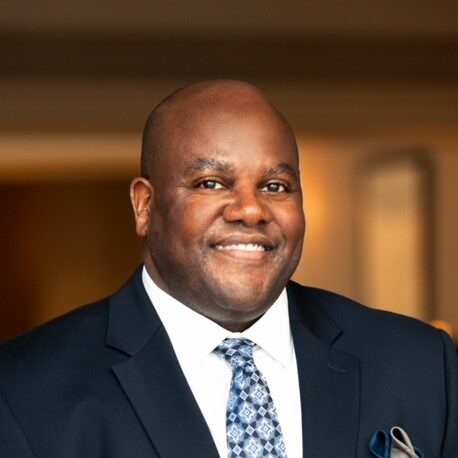On November 1, 2024, FERC Commissioners led a technical conference regarding co-locating large loads at generating facilities. Panelists included representatives from NERC, RTOs/ISOs, independent power producers, public utilities, state public utility commissions, research organizations and consumer advocates. The discussion focused on data center load, the impact on nearby electricity delivery and generation resources, power system reliability and whether co-located large loads at generating plants depend on the transmission system.
New large load issues are emerging due to onshoring of key industries for national security and the expansion of data centers to support Artificial Intelligence (AI) applications. Commissioners emphasized that system reliability would need to be addressed by FERC and state regulators. They encouraged stakeholders to submit comments on these critical issues.
Related Services
Key Large Load Drivers
Retired nuclear plants are being considered for reactivation to meet the growing demand for environmentally friendly electricity resources, driven by large load customers. It was generally recognized that this is a joint federal and state issue. Additionally, existing nuclear plants are increasingly being leveraged to serve large loads.
For over three decades, U.S. electricity demand remained relatively steady, but is now expected to significantly grow due to (1) surging U.S.-based manufacturing, for example onshoring microchip manufacturing, (2) expanded data center operations to support artificial intelligence infrastructure and (3) electrification of transportation and buildings.
Key Panel Takeaways
Panel 1: Overview
Panelists examined challenges and opportunities related to co-location of large loads with generating facilities. Speakers discussed whether large loads will be viewed as transmission service from the power system or retail service. They identified the need to better understand how large loads will impact power system reliability. Panelists also explained that large loads can differ as to their power need profile and that in some instances the power system might benefit from prioritizing certain large load facilities over others, especially those supporting national security.
Panel 2: Policy Issues Presented by Large Loads
Panelists discussed how FERC’s policies could evolve to address rate design, cost allocation, reliability and resource adequacy. The discussion highlighted the economic significance of data centers and their need for expedited system connection to support business objectives.
Panel 3: Roundtable with State Representatives
FERC Commissioners discussed cooperation addressing the issues with state public utility commissioners and consumer advocates. Panelists proposed that states develop their own regulatory framework to address electric service reliability and cost allocation, while communicating and collaborating with the FERC and its staff.
Next Steps: Review Impacted Standards
TRC clients are advised to review the technical conference submittals and the video recording of the event. Connection of large loads will have significant transmission planning and NERC standards compliance implications. At a minimum, the following standards are potentially implicated in any process and policy changes by the FERC and the states:
- FAC-001-4 Facility Interconnection Requirements
- FAC-002-2 Facility Interconnection Studies
- PRC-006-5 Automatic Underfrequency Load Shedding
- TPL-001-5.1 Transmission System Planning Performance Requirements
Resources:
Large Loads Co-Located at Generation Facilities – Technical Conference Video
About TRC’s Solutions
TRC’s approach to power system development and operation balances solutions that incorporate appropriate standards, regulatory requirements, best practices, operational goals and budgets. Our work for public and private sector utility clients is a testament to our understanding of NERC compliance related aspects of your business. We leverage proven technology solutions to help clients confidently navigate the evolving business and regulatory landscape while ensuring compliance with power system requirements. Our power system experts help you stay ahead of changing regulatory expectations because TRC stays engaged with the regulatory process. We plan, design and install programs that address your financial, technical and scheduling goals, including compliance with NERC standards.
This regulatory update is a service to TRC’s utility clients, helping keep you informed of issues that impact your company’s electric system security risks along with related topics regarding future regulatory developments to help you achieve your company’s business goals.



